Giorgio Armani: Dressed for Success
“I believe that my clothes can give people a better image of themselves – that it can increase their feelings of confidence and happiness.”
Without a doubt, Giorgio Armani is one of the world’s most influential and successful designers. King of the power suit, his immaculate, clean lines have draped the shoulders of the rich and famous, gracing movie scenes, red carpets and boardrooms alike. A minimalist at heart, he shook apart the fashion world in the 1970s and 1980s with his pared back elegance, stripping away ornamentation and excess for a clean, polished, “don’t mess with me!” look. Today, at the age of 85 and with a net worth of over $8 billion, he shows little sign of slowing down.
Born in Piacenza in 1934, Armani was a bright, inquisitive child. Growing up during Mussolini’s fascist dictatorship and the Second World War, he remembered vividly the horrors of war and its’ aftermath of extreme austerity, when “there was no money and nothing to eat.” Movies, theatre, dance and his own imagination were his form of escape, ones which would later be replaced by fashion, as he explains, “My family was a modest family with modest opportunities, so I basically constructed a world for myself.” But in an unlikely turn of events, Armani was badly burned during the war, prompting him to spend a long spell in hospital and nurturing in him the ambition to become a doctor. Starting a degree in medicine at the University of Milan, he left after three years to complete military service.
After leaving the army, instead of returning to his studies, Armani took a detour that would pay off, finding working as a window dresser for the Milanese department store La Rinascente in 1957. Rising the ranks, he became an assistant photographer, before being promoted to fashion buyer, arranging imports from India, Japan and the U.S. into Italy. Though he had no formal training, passion and his first hand experience with clothing led him to experiment with his own designs, which allowed him to find work with couturier Nino Cerruti in 1964, who hired him to design a line of menswear.
Spurred on by his experiences with Cerruti, and the encouragement of his romantic partner, Sergio Galeotti, in 1970, aged 36, Armani struck out alone as a freelance designer and fashion consultant. It took three years of hard graft for his designs to catch on, but in 1973-4 his fashion show at the Sala Bianca in Florence caused a sensation, particularly his leather bomber jackets, which combined luxury fabric with simple, everyday design. By 1975, at the age of 40, Armani was ready to officially launch his own business, which he founded with Galeotti.
One of the standout items from his new collection was Armani’s unlined, loose-fitting jacket for men, influenced by the simplicity of Japanese kimonos, but updated for the modern metropolis, with sleek, smart fabrics. The easy fit marked a change in pace from previous sharp tailoring, because, as Armani explained, “I wanted to personalise the jacket, to make it more closely attuned to its wearer. How? By removing the structure. Making it a sort of second skin.” Armani also adapted his signature suit jacket for women and it quickly became a wardrobe staple, particularly for career women aspiring to be taken seriously in a man’s world; this bold move into womenswear saw Armani’s status rise sharply from fledgling designer to master couturier. Velvet was one of his favourite fabrics to convert into a suit jacket, which he described as “elegance and comfort combined,” adding, “It has been the cornerstone of my design since the beginning.”
Popular throughout Europe, Armani’s big break in the United States came when he was invited to design the clothing for the Hollywood movie American Gigolo in 1980. Armani designed Richard Gere’s entire wardrobe, producing a series of immaculately tailored suits, coats and jackets, and even a pair of tiny denim shorts that caused a scandal. Presenting a modern view of relaxed, confident male sexuality, the film became the perfect showcase for Armani’s sleek, Italian style, securing his international fame with the general public. Following this successful collaboration, Armani went on to work with a series of film, theatre, opera and dance productions.
As Armani’s suits for both men and women evolved into the 1980s, he introduced elements that came to define the era, including broad shoulders and wide lapels, influenced by the 1940s, androgynous glamour of stars including Marlene Dietrich. A potent symbol of social change, Armani’s take on power dressing became increasingly popular during the economic boom of the decade, when men and women were competing with one another for high power, high status roles, as encapsulated in television programmes including Miami Vice, Dynasty and Dallas. In contrast with many other designers of the 1980s, Armani’s colour palette was as uncomplicated as his designs, with sandy beige, grey and brown tones, often referred to as “greige”, in both men and women’s wear, which he saw as a clear message of self-assured confidence. “I believed in getting rid of the artifice of clothing,” he wrote, “I believed in neutral colours.” The influence for this colour palette came from the warm tones of the North African desert, as well as the simplicity of Japanese visual culture.
After appearing on the cover of Time magazine in 1982, Armani tapped in to the Hollywood crowd, opening a store in Los Angeles and building long term relationships with a series of movie stars, including Diane Keaton, Michelle Pfeiffer, Julia Roberts, Jodie Foster, Tom Cruise and Dennis Hopper. Where Hubert de Givenchy had a lasting bond with Audrey Hepburn, Armani networked and bonded with a larger group, encouraging men and women to wear simple, polished looks to Hollywood events rather than the ostentatious gowns of previous generations.
“The new establishment no longer saw themselves all glamour, sequinned and sparking divas. Celebrities wanted to wear clothing that enhanced them but were not costumes, and it was exactly the type of revolution I was endorsing in the fashion world,” observed Armani. So widespread was his influence, in 1990, such a huge number of celebrities wore Armani to the Oscars that they renamed the year “The Armani Awards.” Impressing the fashion crowd over the years, Vogue editor Anna Wintour commented, “Armani gave movie stars a modern way to look.”
In the midst of all this high-profile success, Armani’s romantic and business partner Galeotti died of AIDS in 1985, plunging Armani into a deep spell of insurmountable grief. But it seemed work became his means of recovery and solace. “To be creative, you need to be able to respond to pain. If everything goes well, you get boring,” he later observed.
Since this time, Armani’s empire has continued to expand into new arenas, including accessories, perfumes, beauty, interior design, real estate and even restaurants and hotels, but he has remained at the helm, an independent leader in an age of depersonalised, multi-million-pound corporations. The label he has established is still synonymous with simplicity, luxury and style, a minimalist ethos that trickled down into the mainstream, where neutral colours, monochrome palette and loose shapes defined the 1990s.
Today, Armani’s determined focus on well-cut, Italian tailoring and simplicity still feeds through into the practice of countless designers, including Calvin Klein, Ann Demeulmeester, Jil Sander and Donna Karan, designers who continue to experiment with the sensuality of refined, flowing shapes and simple colours. Armani, too, continues to build upon his fashion empire with new collections of carefully tailored, elegant clothing that move with the changing spirit of the times. Observing the shift from the 1980s to the current day, he writes, “I think power dressing today is about self-expression rather than uniformity or conformity. It is about having the confidence to express your own identity. So, there has been a 180-degree turnaround since the 1980s. I think that is a very positive change.”





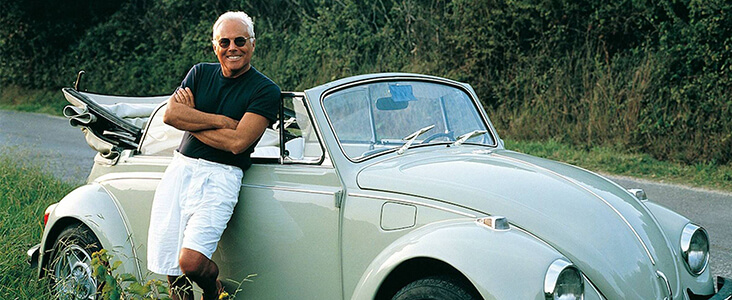
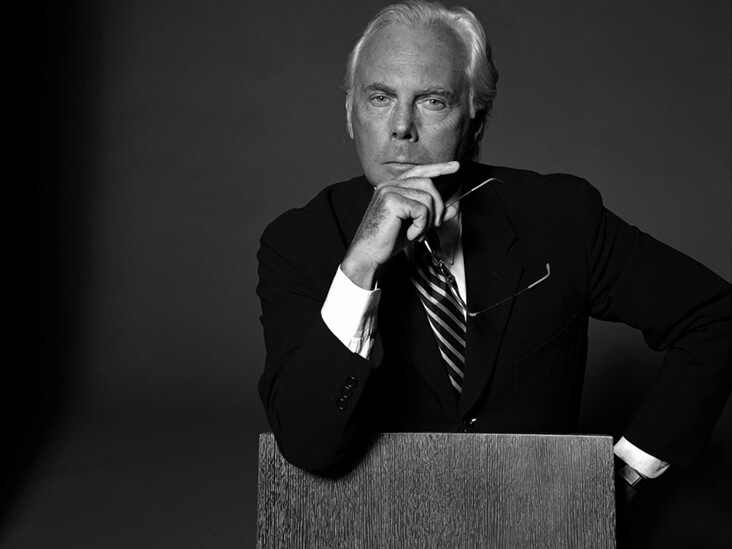
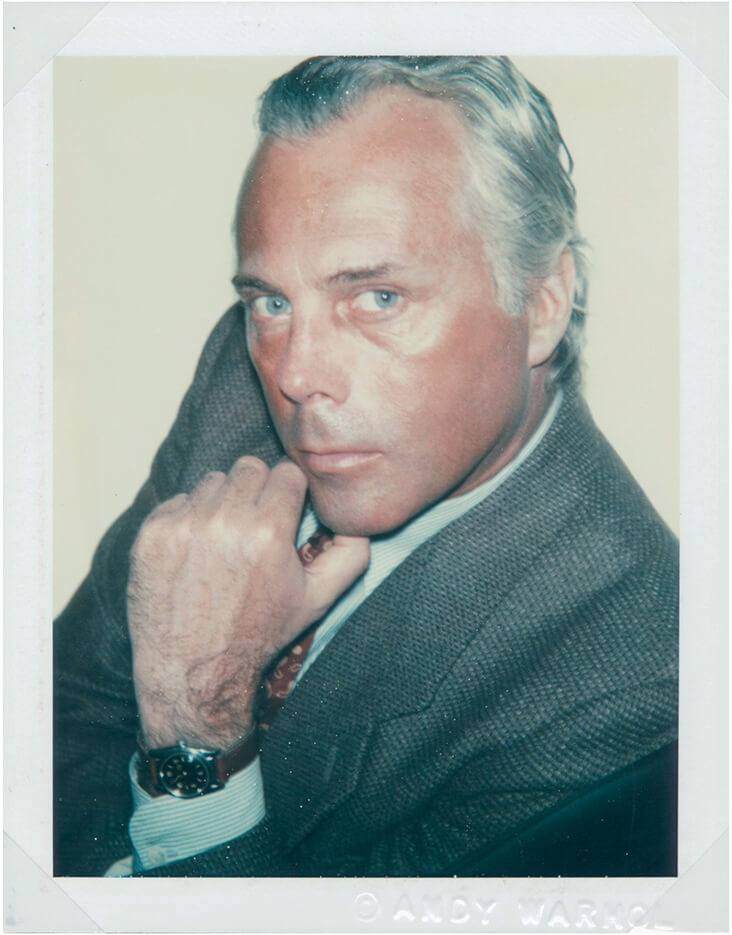

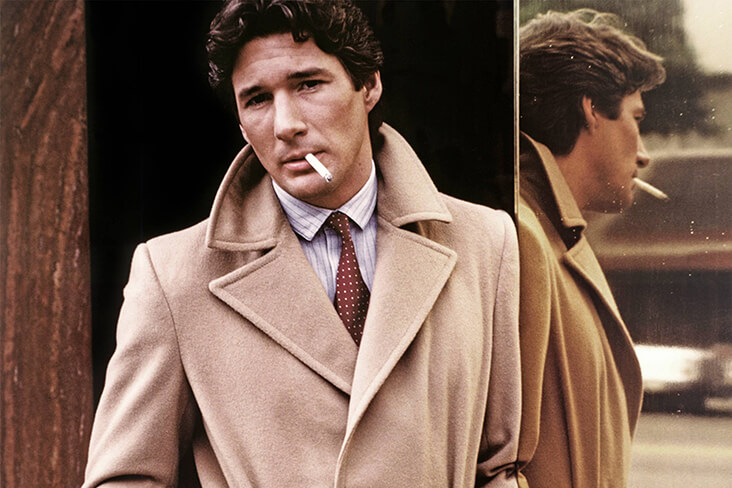
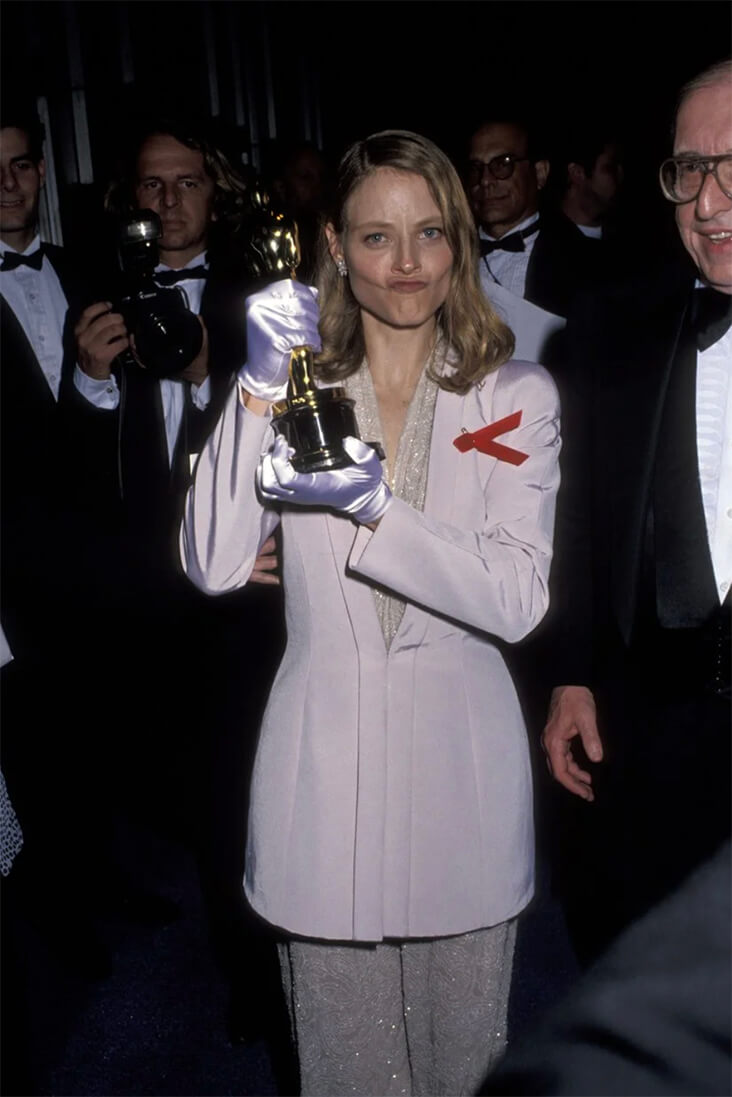
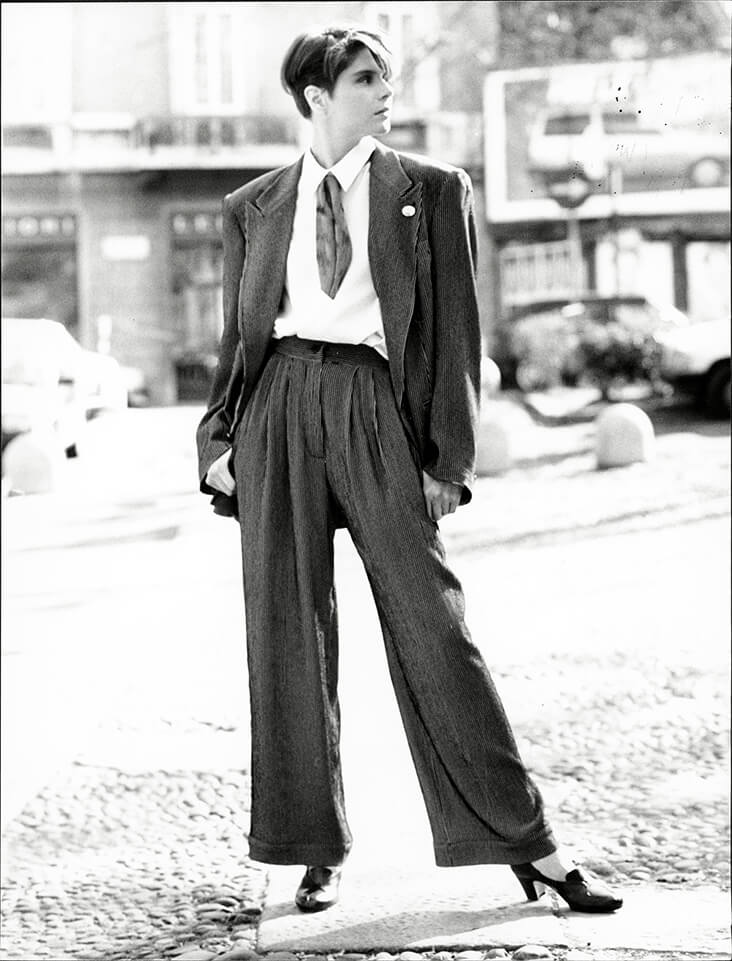
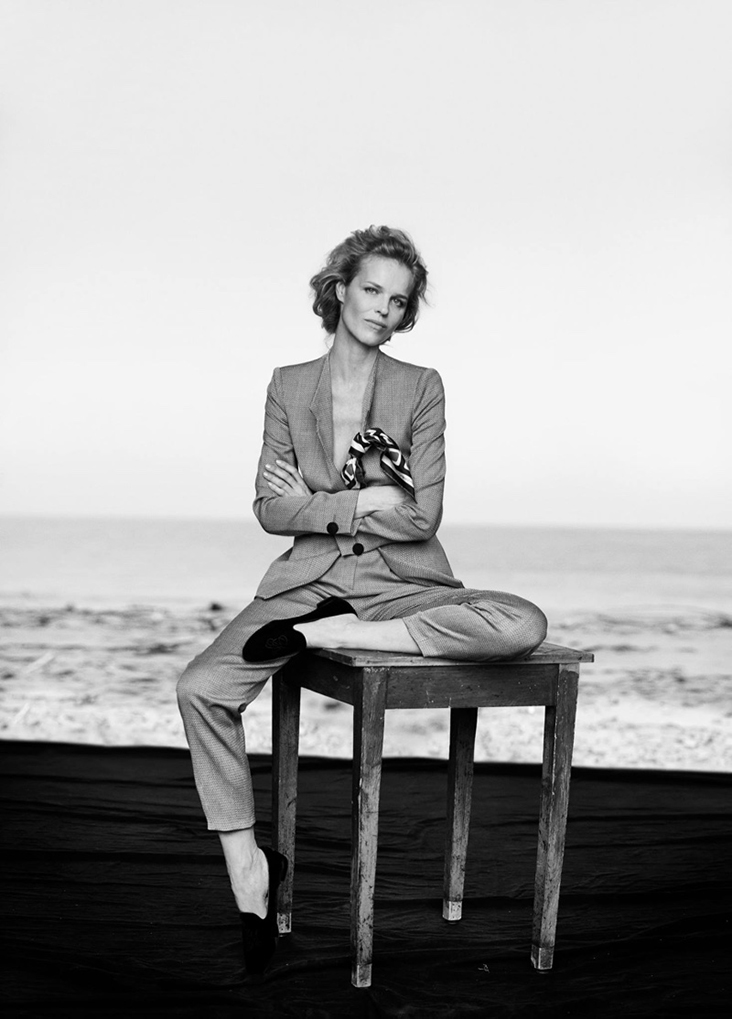


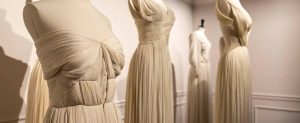
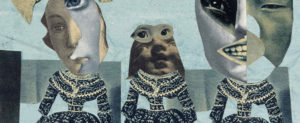
















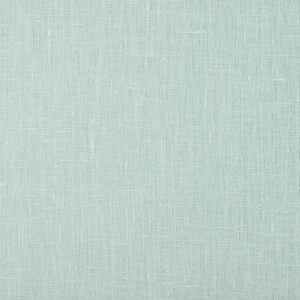


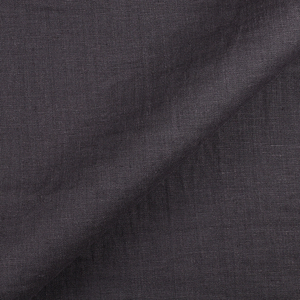



















4 Comments
Vicki Lang
Thank you for writing about such a powerful man. Giorgio Armani has really stood the test of time and so have his designs.
Rosie Lesso
Absolutely – thanks for the comment!
Cassandra Tondro
Thank you for this series on fashion designers. It’s so interesting to hear about their histories and the development of their styles. I’m really enjoying it, and I appreciate you taking the time to prepare and present it to us!
Rosie Lesso
Thank you! So glad to hear you are enjoying them…